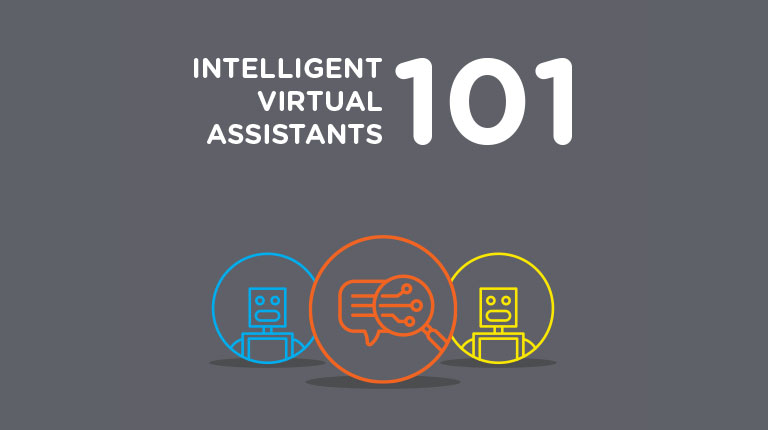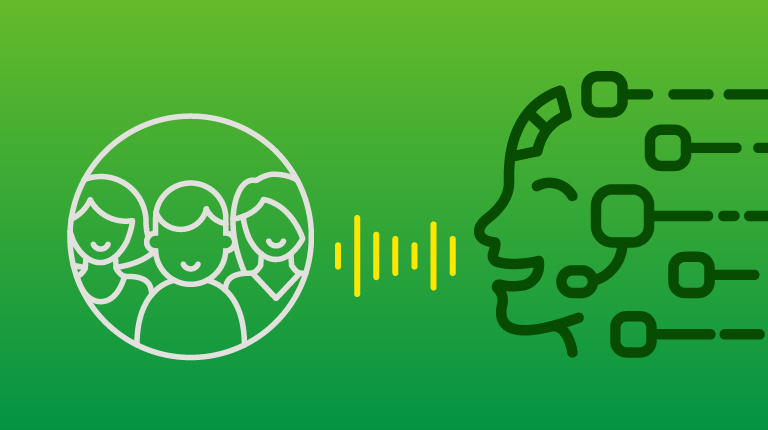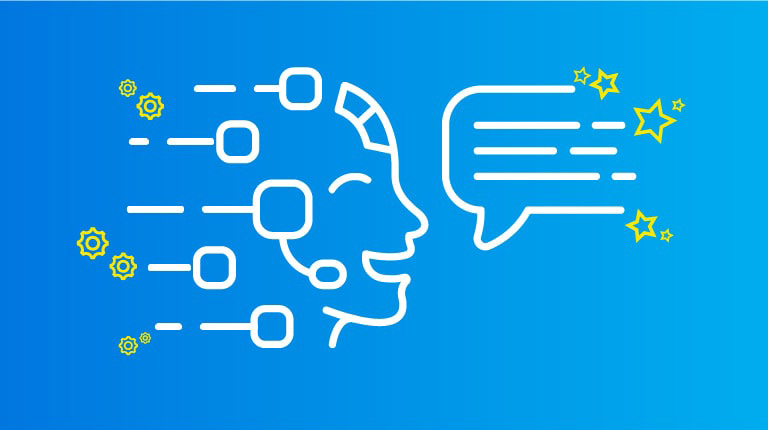The recent announcement of Google Duplex, Google’s automated personal assistant, was met with much fanfare for its apparent ability to make a phone call and mimic a human booking a hair appointment. While the demo was impressive on the surface, when you peel back the proverbial onion, you realize that Google Duplex shares a lot in common with today’s ever-present chatbots.
Today’s chatbots offer great promise, but they almost always disappoint. Why? Because most chatbots are gussied-up IVRs that anticipate a limited number of things a consumer might ask. If the consumer even goes slightly off script, the chatbot fails and so does customer experience. Typically, chatbots only succeed when they are limited to a very specific job, where the expected variations on a given task are quite small, say for example, booking a haircut. To better ensure success, Duplex, severely limited the scope of its initial efforts because Google’s “machine learning” algorithms have a higher likelihood of avoiding failure the more you narrow the task.
This point was highlighted in a May 18th editorial in The New York Times, “A.I. Is Harder Than You Think. The editorial pointed out:
“Google Duplex…uses “machine learning” techniques to extract a range of possible phrases drawn from an enormous data set of recordings of human conversations. But the basic problem remains the same: No matter how much data you have and how many patterns you discern, your data will never match the creativity of human beings or the fluidity of the real world. The universe of possible sentences is too complex.”
Google Duplex’s answer to this dilemma is to limit the task and in the process ensure a higher probability of success. At Interactions, we recognized the problem years ago and developed an intelligent virtual assistant that address the fluidity of the real world with a 95%+ success rate.
Our Intelligent Virtual Assistant (IVA) leverages our patented Adaptive Understanding™ technology. Our technology supports conversational dialogues that reflect the dynamic nature of how humans use language to communicate – to do this, our IVA seamlessly blends artificial intelligence and human understanding.
More specifically, Interactions IVA utilizes multiple voice recognition methods in real-time for unprecedented levels of understanding. So when our AI does not have a high-level confidence as to the meaning of a human utterance via voice channels, we route it in real-time to an Intent Analyst, or human listener, who is better able to understand what’s being said. The result is 95%+ average accuracy per utterance. The result of the human listener is then used to further train the AI models in a built-in machine learning loop, so the AI is more likely to understand it the next time. This fixes not only common issues like unexpected dialogue grammars, but also others such as speakers with accents, or those that are in noisy environments where it’s hard to separate the speaker from other loud sounds.
This is important. Since the demo was originally presented, there have been numerous questions around its validity, partially due to the complete lack of background noise at the hair salon, which would have complicated the demonstration and possibly tripped up the AI.
“…the employees who answered the phone in Google’s demos don’t identify the name of the business, or themselves. Nor is there any ambient noise in Google’s recordings, as one would expect in a hair salon or a restaurant. At no point in Google’s conversations with the businesses did the employees who answered the phone ask for the phone number or other contact information from the A.I.” Vanity Fair, Hive Maya Kosoff May 18, 2018
In principle, we have a fundamentally different and unique approach to the complexity of language. Our solution to the fluidity of human conversation is NOT to narrow the task to one we think the technology on its own can complete but to enable conversational dialogues by introducing a human element of understanding to AI. In doing this, we make conversations more natural and open-ended.
Why are we credible in asserting that our approach is the correct one? Major brands in financial services, technology, travel, telecom, utilities and other industries rely on Interactions on a daily basis. With more than $100 million in revenue and 1 billion customer interactions annually, we are using AI to transform customer outcomes on a daily basis.
So, if you want to book a hair appointment, Google’s got a solution for you. But, if you want to conduct real-time dynamic dialogue that enables your business to elevate customer engagement and experience while reducing cost, try the power of understanding.





